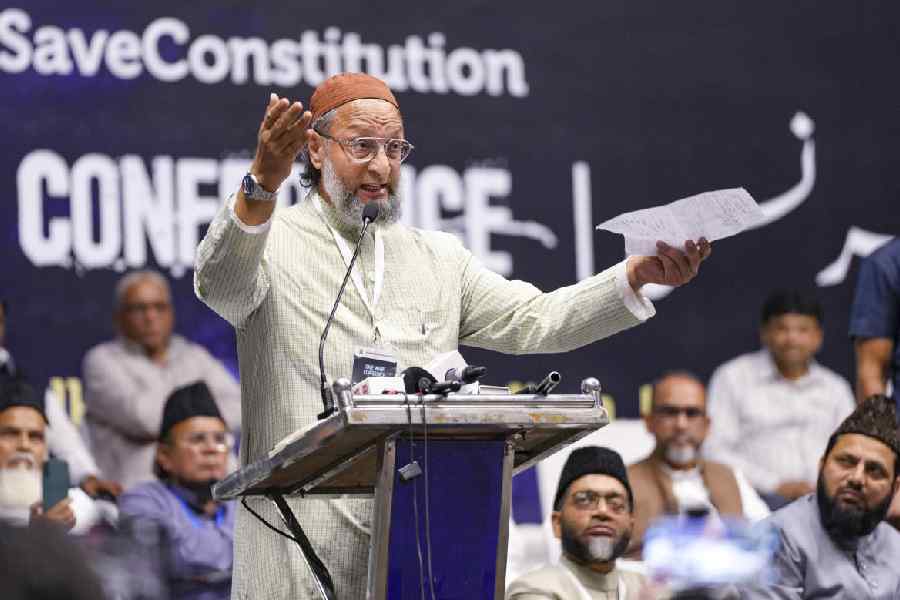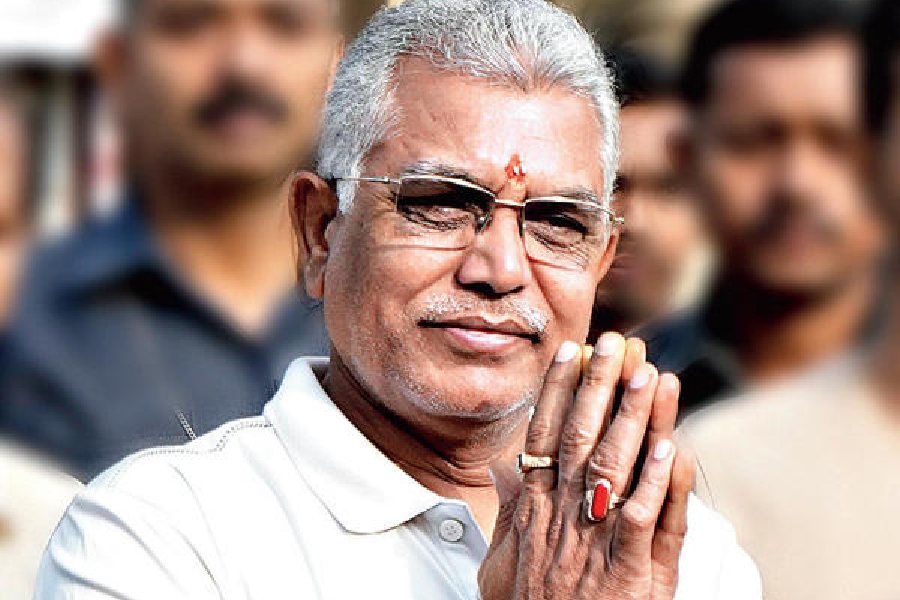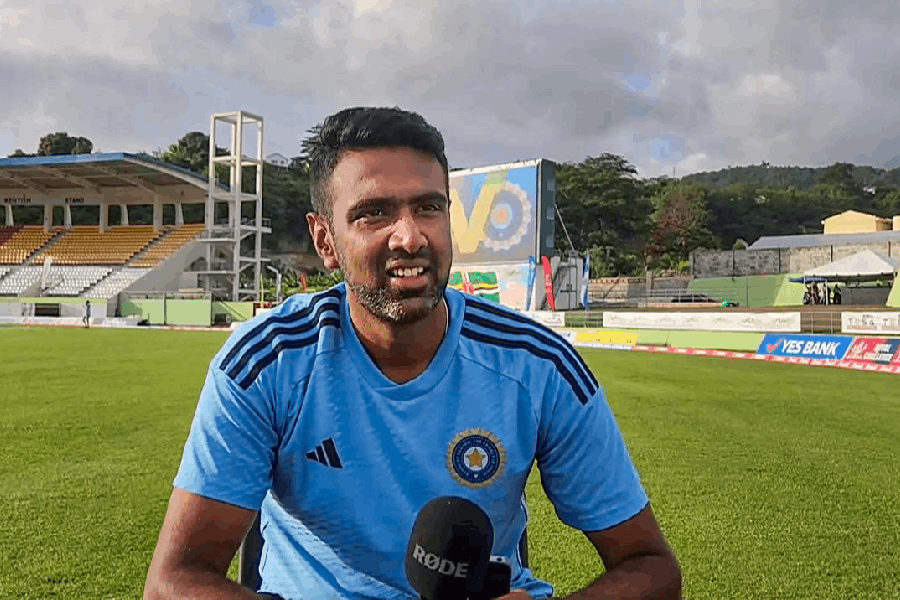New Delhi: Australia's leading universities are planning to attract more Indian doctoral students through a raft of incentives, from heftier scholarships and the opportunity to work while studying to easier visa procedures.
The Group of Eight (Go8), as the top eight Australian universities are known, has set up a task force of academics from both countries to work out the plan.
Most of the small number of Indian students in Australia now are enrolled in undergraduate courses. Indian doctoral students have traditionally preferred America and, to a lesser extent, Britain.
But with the US threatening tighter visas and the UK changing work visa rules and raising fees, many Indian PhD students are looking to other developed nations. Many countries on the European continent have seized their chance by offering courses in English. Australia too wants a piece of the pie.
Under the Australian proposal, Indian research scholars who enrol can hope for:
• Joint research with leading Indian institutions, which promises a couple of trips home without having to pay out of one's own pocket;
• Joint supervision by Australian and Indian professors, which is psychologically reassuring;
• Joint degrees (which means the degree will mention both the Australian university and the partnering Indian institution); and
• Substantial scholarships; paid work as tutor or research assistant to help cover living costs.
For all this to happen, the Go8 needs to get top Indian universities on board - a process that has already started.
Since all such efforts must have a two-way look, India's government must be persuaded to reciprocate by easing visas for Australian students, few of whom now pursue courses in India. The Centre must also cough up the money for joint research projects.
The task force is co-chaired by Peter Hoj, vice-chancellor of the University of Queensland, and IIT Bombay director Devang Khakhar. The Go8 includes the University of Western Australia, Monash University, Australian National University, University of Adelaide, University of Melbourne, University of New South Wales, University of Queensland and the University of Sydney.
"The task force's recommendations will facilitate the mobility of research scholars between the universities both nations. The document will be submitted to the government soon," Khakhar told The Telegraph.
The task force has suggested the Go8 also develop a programme that allows Indian students to undertake short-term (6 to 8 weeks) or semester-length research internships.
In 2017, the average tuition fee for international PhD students in an Australian university was US dollars 30,592 a year, at least $5,000 less than the US universities' advertised rates. A student's annual living costs in Australia is estimated at US dollars 19,830.
In 2016, Australian universities had 1,093 Indian PhD students and 41,745 Indian undergraduate students. In contrast, US universities awarded 2,230 doctorates to Indian students in 2015.
Of the 45,424 international students in India in 2015-16, only 53 were from Australia, all doing undergraduate courses.










